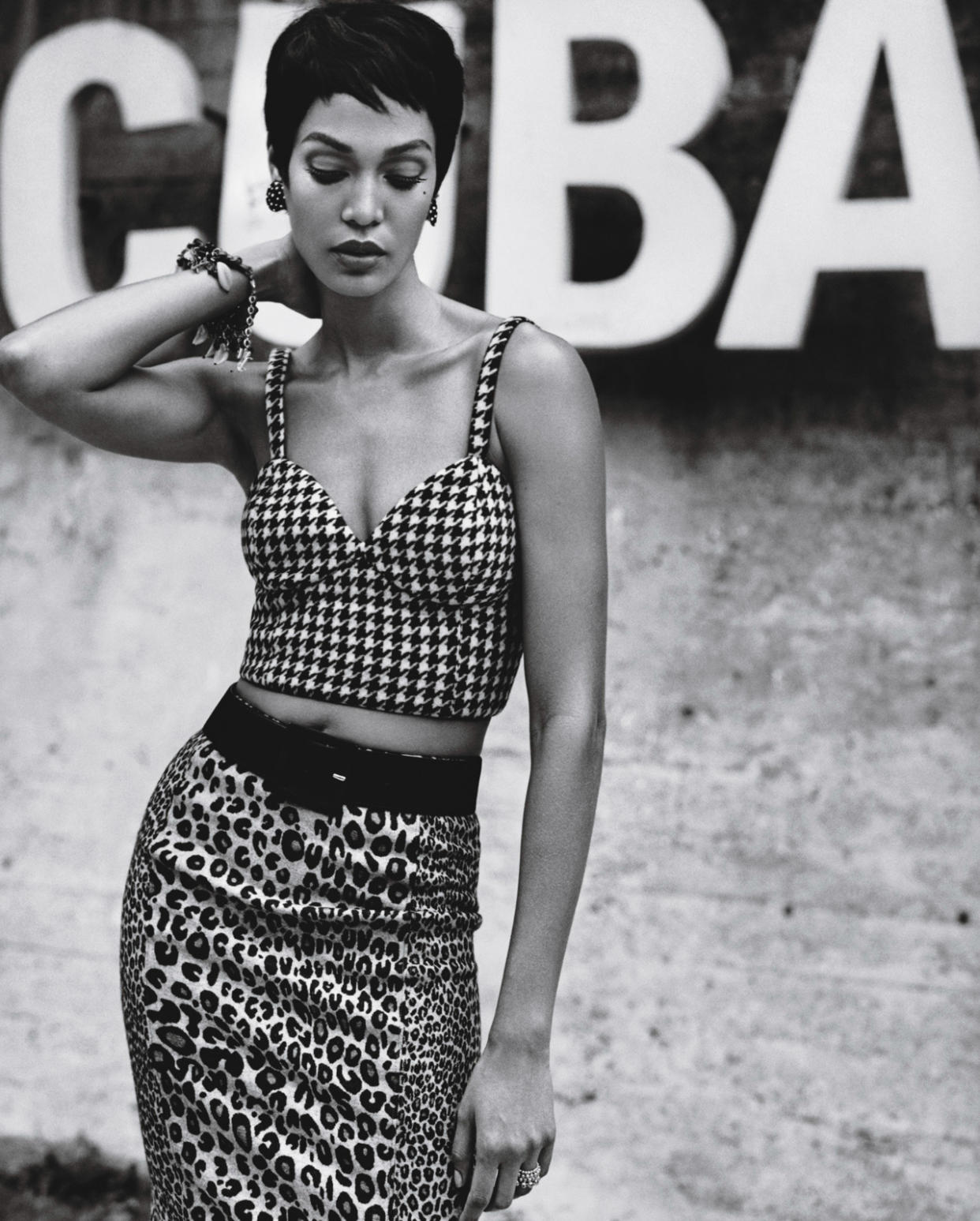Why Fashion’s Fallen So Hard for Cuba

Photo: Alasdair McLellan / Art Partner Licensing
By Hayley Phelan
Over the past few years, the fashion industry has traveled from the Great Wall of China to Palm Springs for runway shows. Chanel alone has hosted in Dubai, Rome, and Vienna. Next year, it turns to Cuba, where the storied French brand will show its 2017 cruise collection in Havana, the first fashion brand to make a real pilgrimage — instead of an ideological homage — to the island since President Obama announced that the United States would be easing restrictions on travel to the previously prohibited country. Little did he know that ushering in a new era of friendliness between the two nations would kick off the year’s biggest fashion trend.
In the less than one year since U.S. citizens have gained access to Cuba, dozens of designers and editors have debuted collections inspired by the place. There was Stella McCartney’s questionable presentation (ruffled dresses, bright colors, two men dressed as Fidel Castro and Che Guevara) and Proenza Schouler’s subtle ruffles, magazines like W, Porter, and Marie Claire have shot dreamy editorials on the island, and fashion’s collective Instagram feed has been one long tribute to Ernest Hemingway’s former home.
There are plenty of reasons Cuba has struck such a chord with the fashion community — the vintage cars, dusty pastel buildings, sultry women in ruffles — but I would argue the most powerful one has more to do with the fact that, until recently, it was totally cut off from Western culture. While editorials and collections celebrate the “opening up” of Cuba, it’s the fact that the country has been so inaccessible that makes it such excellent fodder for inspiration.
“Western fashion always loves the ‘other’ and what is deemed exotic, which is never the entirely unknown but rather what is known [only] a little,” says Hazel Clark, PhD, research chair of fashion, school of art and design history at Parsons School of Design in New York City. “Cuba fits well into this category.”
Emilia Menocal, the creative director at new Cuban-themed Miami cabaret El Tucán, who directed the documentary East of Havana and worked at Dior for five years, isn’t surprised the locale has struck such a chord with designers. “Cuba has always had this mystical presence in the cultural landscape, between the Spanish-American War, and it being the Paris of the Caribbean, the mystique of the cabarets of the ’40s and ’50s — all of the glamour and then, boom, the revolution,” she says. “There’s mystique because the country has been isolated from everything for 60 years.”
Fashion has always loved to fetishize the faraway. In the early 19th century, for instance, when traders began journeying farther east and fervor for all things Asian swept through Western fashion, “Orientalism” was born. When the Metropolitan Museum of Art celebrated the movement, curators Harold Koda and Richard Martin explained the era’s fascination with Asia: “The allure of the East has been, in part, based on its impenetrability to the West.” That impenetrability, of course, has diminished significantly since the advent of affordable air travel. It may not be cheap or easy to hop on a flight to Tokyo, but it’s hardly impossible; it’s easier still to explore the streets of Ginza from your couch thanks to Instagram or Google Street View. As it becomes even easier to access far-flung destinations, the few you can’t experience become awesome. Cuba is — or was — perhaps the only place left on earth that even rich Americans could not get to (even virtually, thanks to the country’s strict Internet restrictions), which has made Americans all the more fascinated.
“You always want what you can’t get,” Menocal astutely points out. “The more you make something inaccessible, the more it becomes luxurious. Inaccessible — that’s basically what luxury is.” Indeed, it’s interesting to note that the majority of brands flocking to Havana boast price points in the four-digit range.
Clark adds that Cuba’s isolation gives the island a “whiff of authenticity, which is in such demand nowadays.” Because Cuba hasn’t been able to embrace technology the way the rest of the world has, it is, in a lot of ways, very much stuck in the nostalgia-soaked 1950s. “It’s a desirable and mythologized version of ‘times past,’” says Clark.
Is there something icky about expensive luxury brands presenting their fantasy of a socialist, economically depressed nation for capitalist consumption? Yes and no.
“There are two kinds of people: There are the ones who live well and want to go to Cuba and look at all the crappy, outdated stuff like they’re going on safari, and then there are people who are genuinely excited for Cubans, who have struggled for decades to be able to make money and have dignity again,” says Menocal, who points out that the aspects of Cuban culture currently providing so much inspiration — architecture, literature, music, art — predate the country’s darker period. “At the end of the day, Fidel Castro has nothing to do with Cuban culture,” says Menocal. “Cuban culture was around for hundreds of years before him, and it will continue to evolve after him.”
Menocal agrees that fashion’s idealist interpretations can be one-dimensional, but who cares, she says, if it inspires more people to visit or interact with the real Cuba? “The more that Cubans can intermingle with the rest of the world — and the world can see the talent pool that lives there — the faster they’ll advance,” she says.
Interestingly, that might be when fashion’s obsession with the island will dissipate. Explains Clark: “New political realities will undermine the fantasy and change the place — for the better for the insiders but for the worse for the outsiders, who see it through their own image and desires.”


